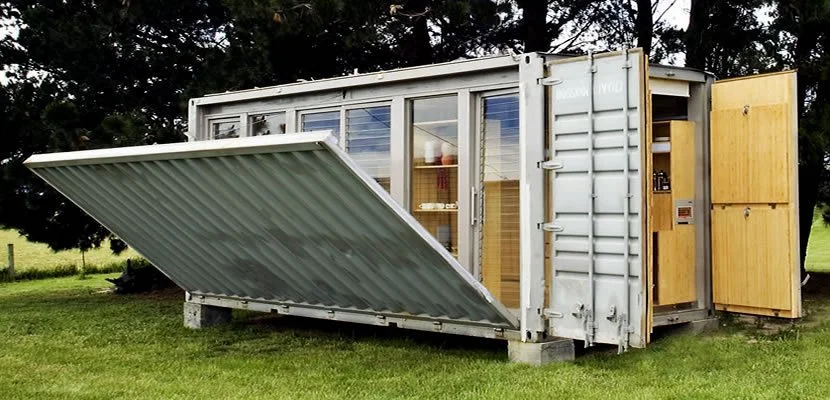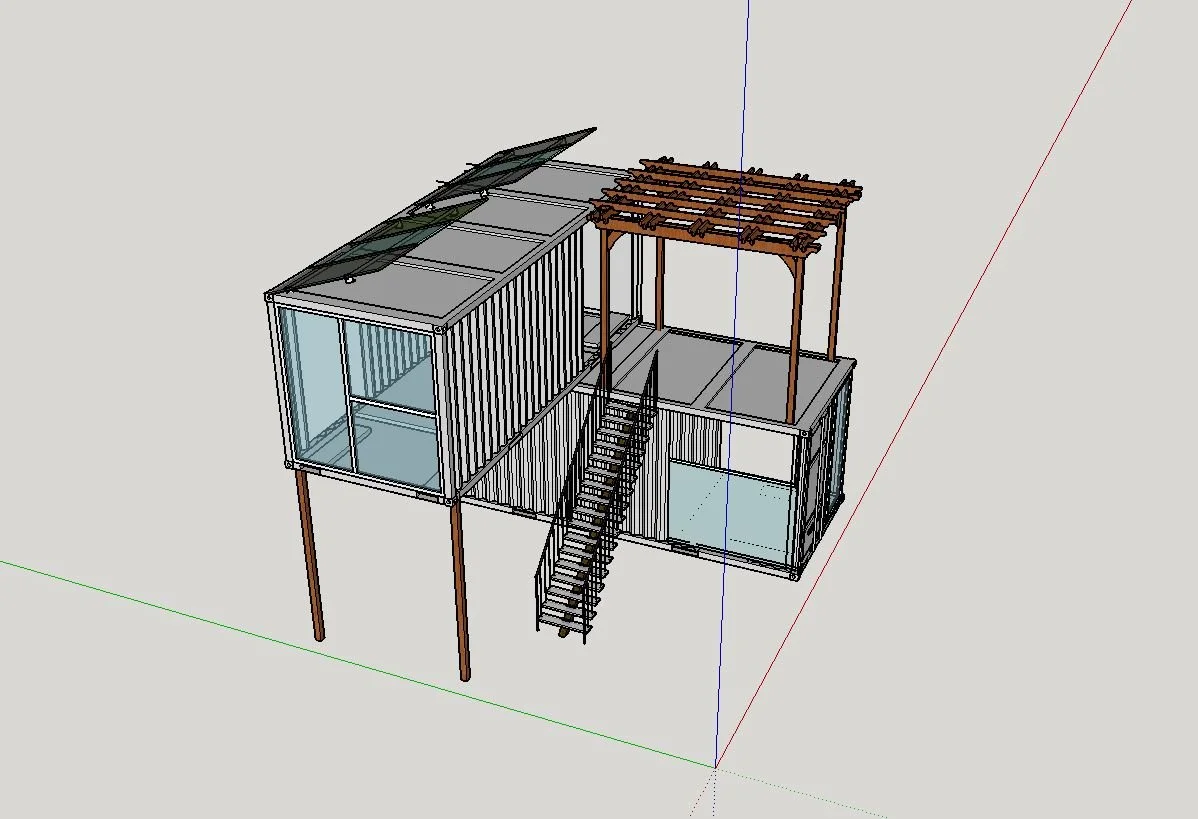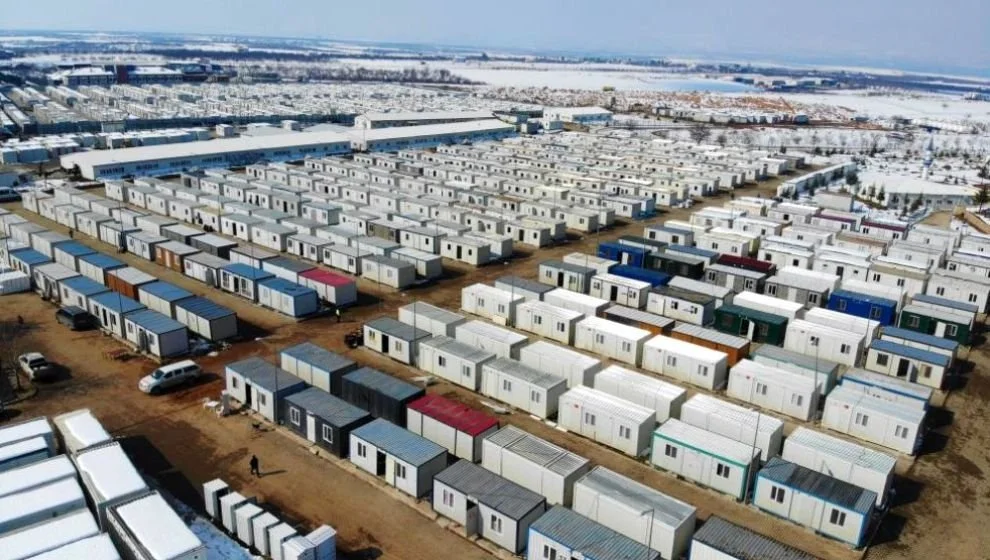Converting Shipping Containers into Rapid Earthquake Survivor Dwellings: A Collaborative Approach
The aftermath of a major earthquake can leave communities in ruins, with countless people rendered homeless. In times of such disaster, the necessity for safe, rapid, and efficient temporary housing becomes paramount. Enter the innovative use of shipping containers. Twenty and forty-foot containers, commonly seen stacked aboard ships or on the back of trucks, have in recent years been lauded for their potential as adaptable and sustainable living spaces.
A 20 foot shipping container, pre-configured and furnished for rapid deployments in disaster areas.
Why Shipping Containers?
Durability: These containers are made to withstand harsh ocean conditions and heavy loads, making them robust against extreme weather.
Modularity: Their uniform shape and size make them like building blocks, offering flexibility in constructing larger structures or communal spaces.
Availability: Shipping containers are abundant and often sit idle in ports, so they can be sourced relatively cheaply and easily.
Configurability Per Family Needs
Transforming a shipping container into a dwelling involves several modifications:
Insulation: Adding insulation is crucial for temperature control, making the space livable in both hot and cold conditions.
Windows and Doors: Cutting openings for ventilation and entrance.
Partitions: Depending on the family's size and requirements, internal walls can be added or removed.
Furniture: Foldable and multi-purpose furniture can make the best use of the limited space.
3d -Sketch-up- Container Dwelling design by Alara Bozkurt
Quick Connection to Utilities
Electricity: Solar panels can be installed on the roof of the containers to provide a renewable energy source. Additionally, portable generators can offer a more immediate solution.
Plumbing and Water Supply: A central water supply point can be established, with pipes leading to each container dwelling. Greywater can be recycled for flushing toilets or irrigation.
Waste Management: Setting up a centralized waste collection and treatment point is essential to maintain sanitation.
A Unified Disaster Camp Area
Central to the success of these pop-up communities is the collaborative effort between government agencies, the military, volunteers, and local communities.
Container Town after 2023 Earthquake in Malatya , Turkey
Site Plans: A systematic layout that considers communal areas, safe zones, and utilities.
Coordination: Military involvement can expedite the transport of containers and materials to the site. Volunteers can assist with setting up, while local governments can handle administration and logistics.
Community Building: Spaces for communal activities and psychological support can be established. Shared kitchens, play areas for children, or even makeshift classrooms can be set up using containers.
Safety Protocols: Establishing emergency evacuation routes, first aid stations, and clear signage can ensure residents' safety.
Transitioning: Once the initial crisis phase is over, these container communities can serve as a transitional home until permanent solutions are found.
In the wake of devastating earthquakes, communities need solutions that are swift, efficient, and compassionate. Shipping containers, with their adaptability and strength, offer a glimmer of hope amidst the chaos. Collaborative efforts between various entities can help transform these steel boxes into warm, safe havens, turning a symbol of global trade into a symbol of global solidarity.



